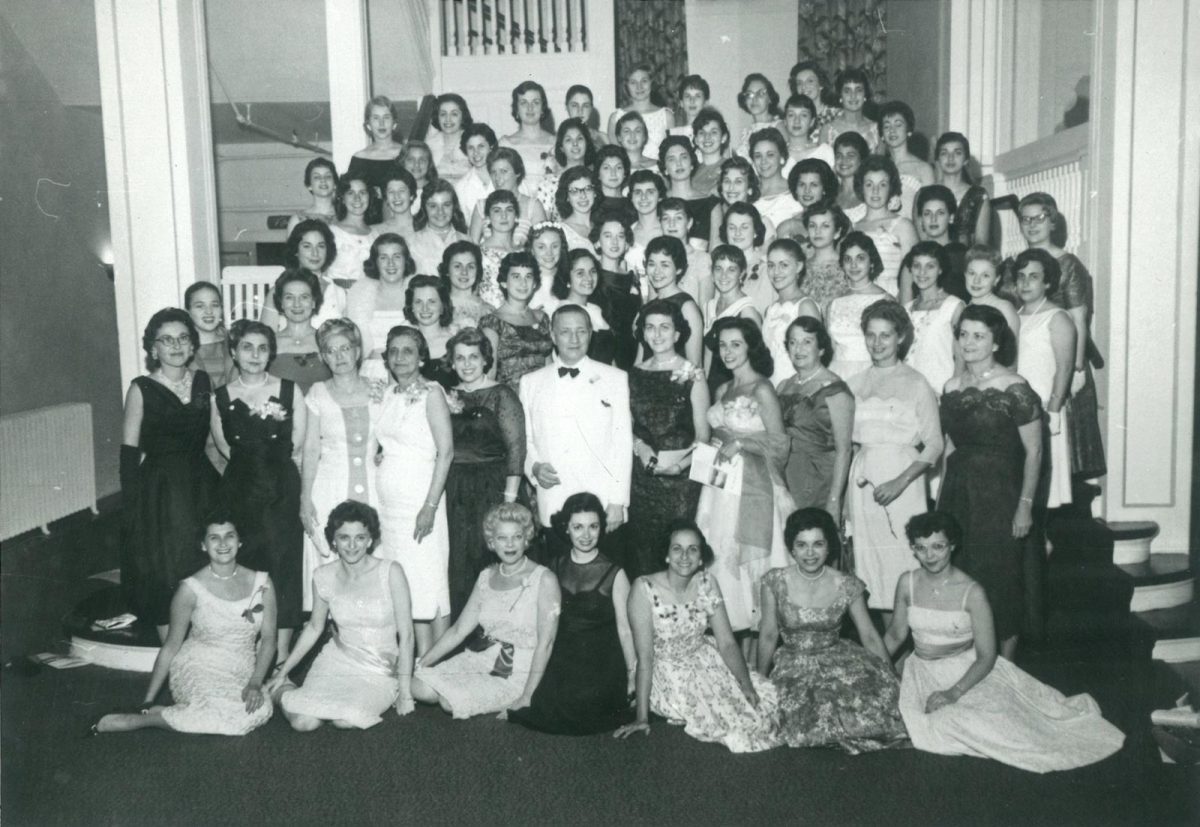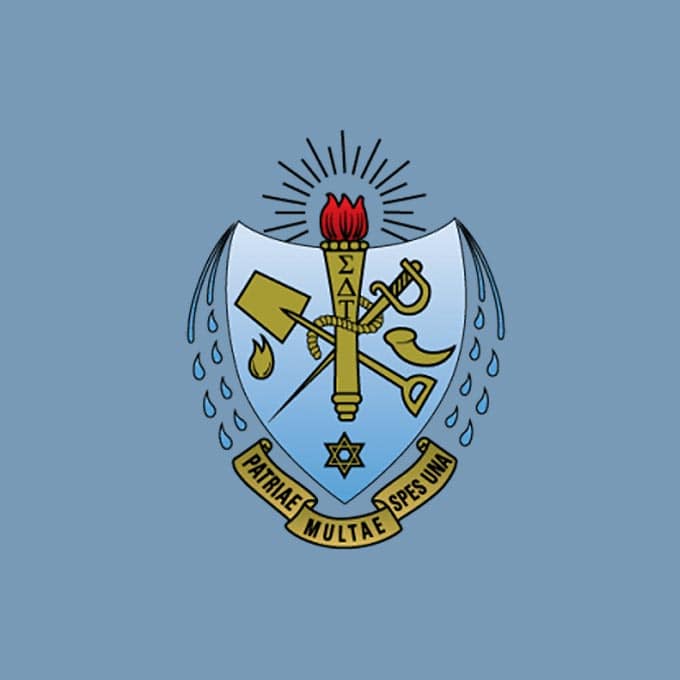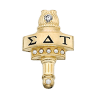Our Purpose
“It shall be the purpose of this fraternal organization to form a close social and fraternal union of those of similar ideals and to foster, maintain and instill such ideals in the hearts of its members as will result in actions worthy of the highest precepts of true womanhood, democracy and humanity.”
Sigma Delta Tau National Bylaws, Article I, Section 2
Our Motto
“Patriae Multae Spes Una” / One Hope of Many People










